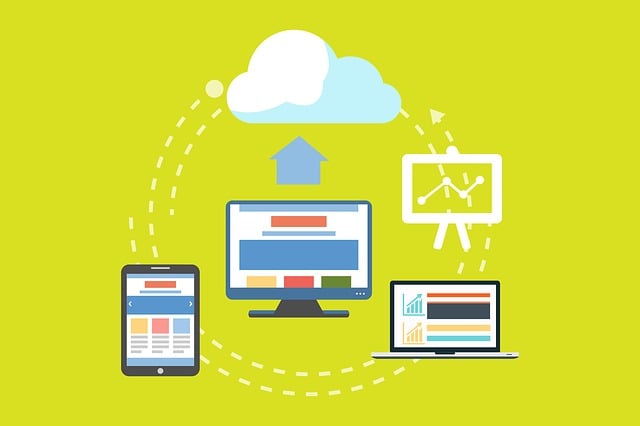
WordPress File and Media Upload Security
WordPress is a highly versatile platform that allows users to easily upload and manage files and multimedia on their websites. Whether you’re creating a personal blog or an online store, the ability to share images, videos and documents is essential. However, with this functionality comes the need to address security when uploading files and multimedia. In this article, we will explore the best practices to ensure the security of your files and media in WordPress.
1. Use Strong Passwords and Change the Default Passwords
The first step in file and media security is to make sure your website passwords are secure and unique. Change the default administrator password and encourage all users to use strong passwords. A strong password is an effective defense against unauthorized access.
2. Keep WordPress and Plugins Updated
Keeping your website and plugins up to date is essential for overall security. Updates often address known vulnerabilities, which reduces the risk of attacks. Be sure to keep your WordPress, themes and plugins updated on a regular basis.
3. Limit Allowed File Types
WordPress allows users to upload various file types, but not all of them are secure. Limit the file types allowed on your website to reduce the risk of malicious uploads. This can be done through plugins or custom settings in your “wp-config.php” file.
4. Use a Security Plugin
There are several WordPress security plugins that can help you protect your files and media. Some of these plugins include file scanning and activity monitoring features. Popular examples include Wordfence and Sucuri Security.
5. Set Correct File Permissions
Proper file permissions are essential to ensure security. Make sure files and directories have permissions that limit unwanted access. Typical settings are 644 for files and 755 for directories.
6. Limit File Size
Limiting the size of files that users can upload to your web site can prevent performance and security problems. Set reasonable file size limits in the WordPress media settings.
7. Protect your Upload Directory (Uploads)
The “wp-content/uploads” directory is the place where media files are stored in WordPress. Make sure this directory is properly protected with security settings and an “.htaccess” file that restricts unauthorized access.
8. Perform Regular Backups
It is always important to have backups of your files and media. In case of a problem, such as data loss or an attack, you will be able to restore your site to a previous state.
9. Monitor File Upload Activity
Keep an eye on file upload activity on your website. Some security plugins allow you to track file uploads and receive alerts about suspicious activity.
In conclusion, file and media upload security in WordPress is critical to protecting your website from potential threats. By following these best practices and maintaining a constant focus on security, you can ensure that the files and media on your website are protected and that your users have a safe and enjoyable experience.